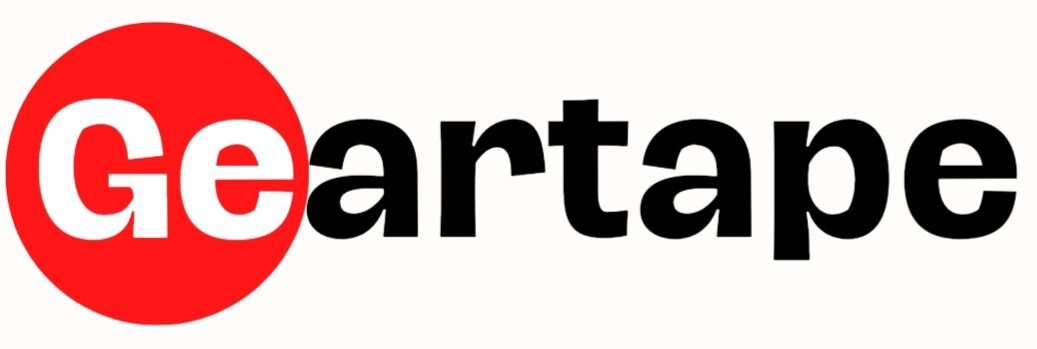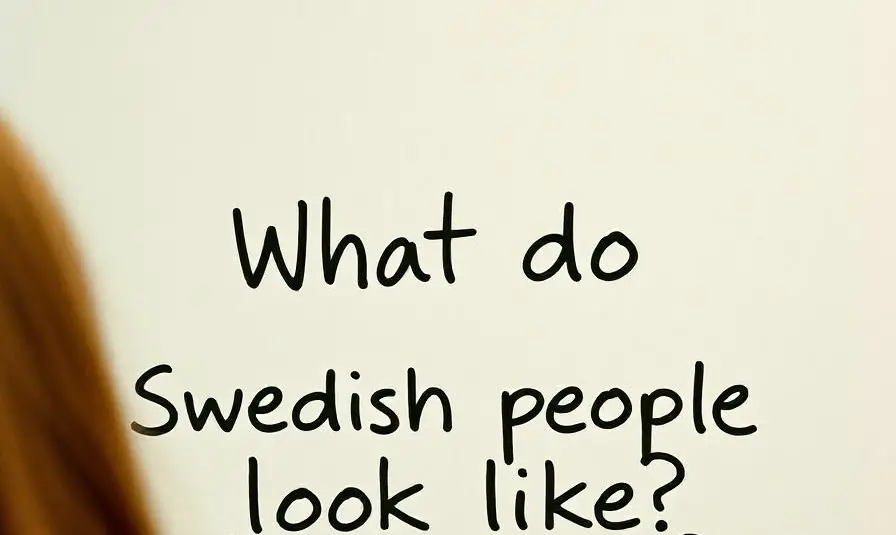What Do Swedish People Look Like?
Sweden, a country known for its breathtaking landscapes and high standard of living, is also recognized for the distinct appearance of its people. Traditionally, certain physical traits have been commonly associated with Swedes, but with the passage of time and increased globalization, the appearance of Swedish people has become increasingly diverse. This article explores both the traditional characteristics and the modern diversity that defines the Swedish population today.
Traditional Characteristics
Historically, Sweden has been home to a relatively homogeneous population, and this has led to some common physical characteristics that are often associated with Swedish people.
- Hair Color:
- Blonde: Sweden is often stereotypically associated with blonde hair, and for a good reason. A significant portion of the population, especially in the past, has had blonde hair. This ranges from pale, almost platinum blonde to darker, honey shades.
- Brown: While blonde hair is common, brown hair is also prevalent, especially as you move south within the country.
- Eye Color:
- Blue Eyes: One of the most commonly noted features among Swedes is their eye color. Blue eyes are particularly common, often contributing to the image of the “typical Swede.”
- Green and Gray Eyes: Besides blue, green and gray eyes are also relatively common, adding to the variety within this traditionally light-eyed population.
- Skin Tone:
- Fair Skin: Swedes typically have fair to light skin tones, which is common across northern Europe. This can vary from very pale, almost porcelain-like complexions to slightly warmer, more beige tones.
- Facial Features:
- High Cheekbones: A prominent feature in many Swedish faces is high, well-defined cheekbones, which give a structured appearance.
- Nose: Noses tend to be straight and well-proportioned, often with a slightly pointed tip.
- Jawline: Many Swedes have a well-defined jawline, contributing to a balanced and harmonious facial structure.
Modern Diversity
Sweden today is a melting pot of cultures and ethnicities. Over the last few decades, immigration has significantly increased, leading to a more diverse population. As a result, the traditional image of a Swedish person is evolving.
- Hair and Eye Color:
- Darker Hair and Eyes: With increased immigration from the Middle East, Africa, Asia, and other parts of Europe, you’ll now find a broader spectrum of hair colors, from black to brown, and eye colors, including brown and hazel.
- Skin Tone:
- Varied Complexions: The Swedish population now includes individuals with a wide range of skin tones, from very fair to medium and darker complexions. This change reflects the multicultural nature of modern Swedish society.
- Facial Features:
- Diverse Features: As Sweden becomes more multicultural, the variety of facial features has expanded. It’s common to see a mix of traditional Swedish traits combined with those from other ethnic backgrounds, creating a rich tapestry of appearances.
Cultural Representation
The traditional image of Swedes, characterized by blonde hair, blue eyes, and fair skin, has long been a symbol in global media. However, Sweden’s embrace of diversity is slowly changing this narrative. Swedish people today reflect a blend of their historical roots and the influences of a globalized world. This diversity is celebrated within Sweden and is becoming more recognized in global perceptions of what it means to look Swedish.
Conclusion
The appearance of Swedish people is both a reflection of their Viking ancestry and a testament to the country’s modern, multicultural society. While certain physical traits remain prevalent, the beauty of Sweden lies in its evolving diversity, where people of all backgrounds contribute to the nation’s rich cultural mosaic. In the end, the appearance of Swedish people, like that of any group, is a product of history, geography, and the unique experiences of each individual.

